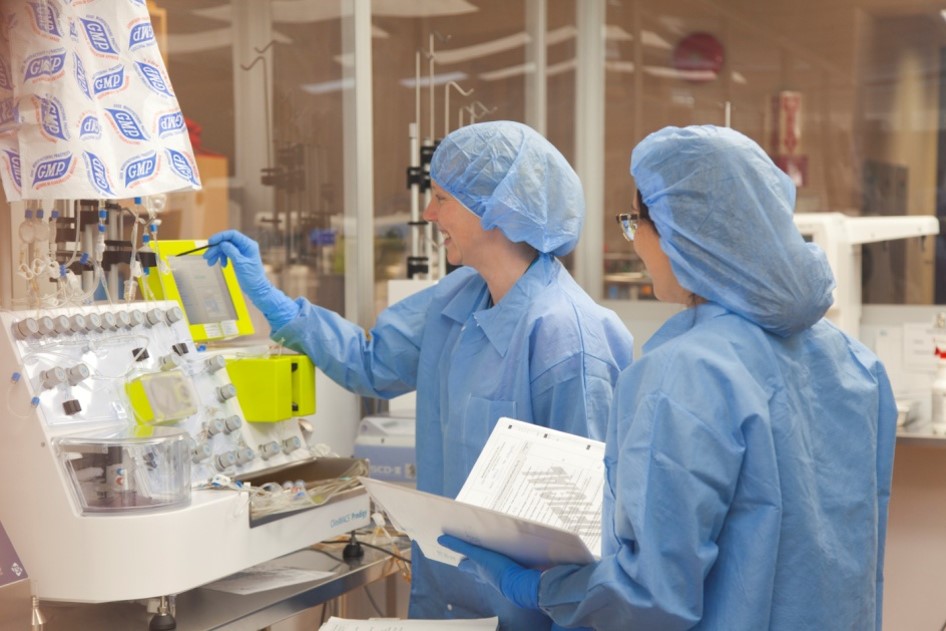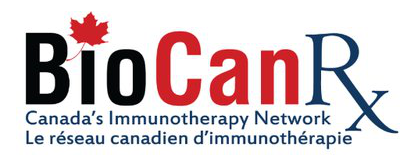
Building support for translational research through lessons learned
By Vanessa Nelson
In early 2020, as Covid-19 began to spread widely, Canadian researchers and clinicians identified the need for new approaches, processes, and advisory and approval systems that could support innovative and novel responses to what was quickly becoming a health care emergency. Not only did Canada need to review what treatment options were available, but it needed to look at how we could develop made-in-Canada solutions to avoid dependency on strained global supply chains and limitations and delays because of complex approval processes throughout our health ecosystem. We needed a solution that would allow for efficient and effective collaboration across our healthcare ecosystem and minimize or find work arounds to the “red-tape” so common in bringing life sciences innovation to life. We needed to bridge the gap between research and commercialization in health care innovation for economic and social benefit – both in times of crisis but also outside of emergencies.
The Canadian government moved quickly to provide funds and regulatory flexibility to move innovative therapies into treatment, including funding for translational research to ensure promising research was not slowed by processes that were strained. But we also needed an approach that took into account that the people responsible for the systems and processes were potentially strained by the challenge of living through the pandemic themselves. The measures put into place allowed for efficient collaboration between all areas – from research to clinical trials to implementation of new approaches – in a novel way for Canadian healthcare. This approach was particularly effective in supporting translational research, helping to ensure novel ideas were able to pass through the often long and arduous approvals processes to be brought into practice and provide benefits to Canadians.
The outcomes of these actions were notable especially for those involved in translational research. Specifically, the government’s response and the impact on our ability to respond to a healthcare emergency demonstrated the value of programs and processes that support collaboration across all areas of the research continuum, and the need to provide sufficient funding to facilitate moving research from the bench to the bedside without delays. The research work conducted by Rebecca Auer of the Ottawa Hospital Research Institute, and member of the BioCanRx network, is an example of how the pandemic response was able to effectively benefit Canadian patients. Auer and her colleagues recognized that cancer patients have special needs in a pandemic – and immunizations are often challenging due to the nature of their conditions and treatments. To address the needs of this group, Auer looked at what treatments might be able to support cancer patients who were more susceptible to respiratory infections but also unable to quarantine due to their need for treatment. Thanks to the processes and funding put into place to support pandemic research, Auer was able to move quickly with a randomized phase III trial of immunization with IMM-101 – a safe, killed, whole cell immunomodulator shown to induce an innate immune response – as an approach to protecting vulnerable cancer patients who had, until then, been put into observation for prevention of respiratory and Covid-19 related infections. Auer’s work to find a viable, effective, preventative solution was critical to finding a way to protect a highly vulnerable group whose needs were not addressed by the global pandemic vaccine response and, thanks to the support of the BioCanRx network and federal funding, the project was able to move into trial phase within months not years.
While the recently published Report of the Expert Panel for the Review of the Federal Approach to Pandemic Science advice and Research Coordination (the Report) noted the positive outcomes of actions during the pandemic, it also highlighted the need for greater pan-Canadian coordination of research and science advice. In fact, the second recommendation of the report highlights the need for Canada to put more robust systems in place for coordinating research and science advice to better respond to nationwide emergencies. Specifically, the Report notes the need for better coordination of intramural and extramural research, knowledge synthesis, guidance development, and advisory processes. Canada needs to improve interdisciplinary, transdisciplinary and cross-sectoral collaboration to be successful – both in emergencies and to strengthen our life sciences ecosystem. – both in emergencies and to strengthen our life sciences ecosystem.
Translational research is a cornerstone of modern medical innovation, bridging the gap between basic scientific discoveries and clinical applications that improve patient care and public health. The Report notes that there is an inherent value in efficient resource allocation and funding for research and infrastructure, not only during emergencies and pandemics, but these plans and processes need to be built into the entire life sciences ecosystem to reap health and economic benefits for people who live across Canada. But, while the life sciences community agrees with the need for plans, planning and funding, it also recognizes that this needs to go beyond times of emergencies and pandemics. In fact, these changes need to be built into our entire life sciences ecosystem.
The Government of Canada’s response to the need for more efficient planning and allocation of resources in emergencies is the establishment of Health Emergency Response Canada (HERC). For BioCanRx, the model proposed by the government for the Health Emergency Response Canada (HERC) – reflects the approach currently in place to support translational research for immunotherapy for cancer. Since 2015, the BioCanRx network has been built to encourage the collaboration models proposed – bringing together researchers, clinicians, students and industry to facilitate bringing novel and innovative immunotherapy treatments to patients in a more timely and effective manner. As the government has committed to building new biomanufacturing facilities to support a pandemic response, BioCanRx’s development of Point-of-Care centres and support for biomanufacturing facilities can be looked at as an example of how these facilities can exist and be used to improve research timelines and reduce costs. The launch of HERC, while not directly based on BioCanRx’s approach, reflects the strength of our model and the potential for it to be implemented to support translational research – “bridging the gap between research and commercialization” more broadly. It also opens the door for the use of the funding model and proposed biomanufacturing facilities to support research initiatives/needs outside of pandemic – strengthening the life sciences sector in Canada. Finally, it builds hope for a future in which a centralized structure may exist that supports more efficient translational research processes across all areas – not just immunotherapy for cancer.
The BioCanRx model for supporting translational research has demonstrated results. Working together, our network of more than 350 researchers and clinicians has:
- Launched 12 made-in-Canada cancer immunotherapy clinical trials for the benefit of Canadian patients in need.
- Provded novel therapies to over 400 patients in BioCanRx-funded and supported clinical trials. Enabled the training of 675 HQP, providing many of them with advanced training in translational research, GMP biomanufacturing, and science communication.
- Worked with 202 partners in diverse sectors.
- Introduced over 34 new therapies to the Canadian ecosystem.
- Supported the creation of 8 spinout companies.
- Leveraged the initial $40 million investment by the Government of Canada into $109.49 million.
Of the 30 clinical trials based on home-grown innovation, 43% are directly attributable to the BioCanRx translational research program. This represents a substantial improvement over prior data: fewer than 1% of clinical trials in Canada were based on Canadian innovation between 2002-2015.
The success of the BioCanRx network shows that for Canada to maintain a competitive edge in the global life sciences sector, it is imperative that support for translational research be increased and sustained. This support will not only catalyze medical advancements, but also address key challenges and unlock substantial economic and societal benefits. Canada has made critical investments through the Canadian Biomedical Research Fund and the Biomedical Research Infrastructure Fund, highly positive steps towards ensuring pandemic preparedness. HERC has been developed to address emergencies, but the work must be done in advance, the systems need practice to be nimble and agile to perform well during an emergency and that practice can look like translational research in non-emergency, non-pandemic times. Investing in translational research reaps economic and societal benefits – as BioCanRx has done. The intended support identified through HERC recognizes the need for funding to support emergency readiness, but the government must look at it as a piece of a larger puzzle. Specifically, the government must also address the lack of sustained, long term, translational research funding outside of emergencies. Failing to do so will continue to hamper our innovation potential, performance and impede a successful implementation of the Biomanufacturing and Life Science Strategy beyond pandemic responsiveness.
Funding translational research and creating systems and processes that support effective and efficient life sciences research is critical to the well-being of our Canadian healthcare systems, life sciences-based economy, and the well-being of Canadians. The reality is that while the Report recognized positive outcomes, it also identified concrete reasons for urgently needed changes. While establishing HERC looks to address those areas for improvement and support, the influence and investment will need to expand beyond emergency preparedness to have the greatest impact and to strengthen the entire ecosystem.

